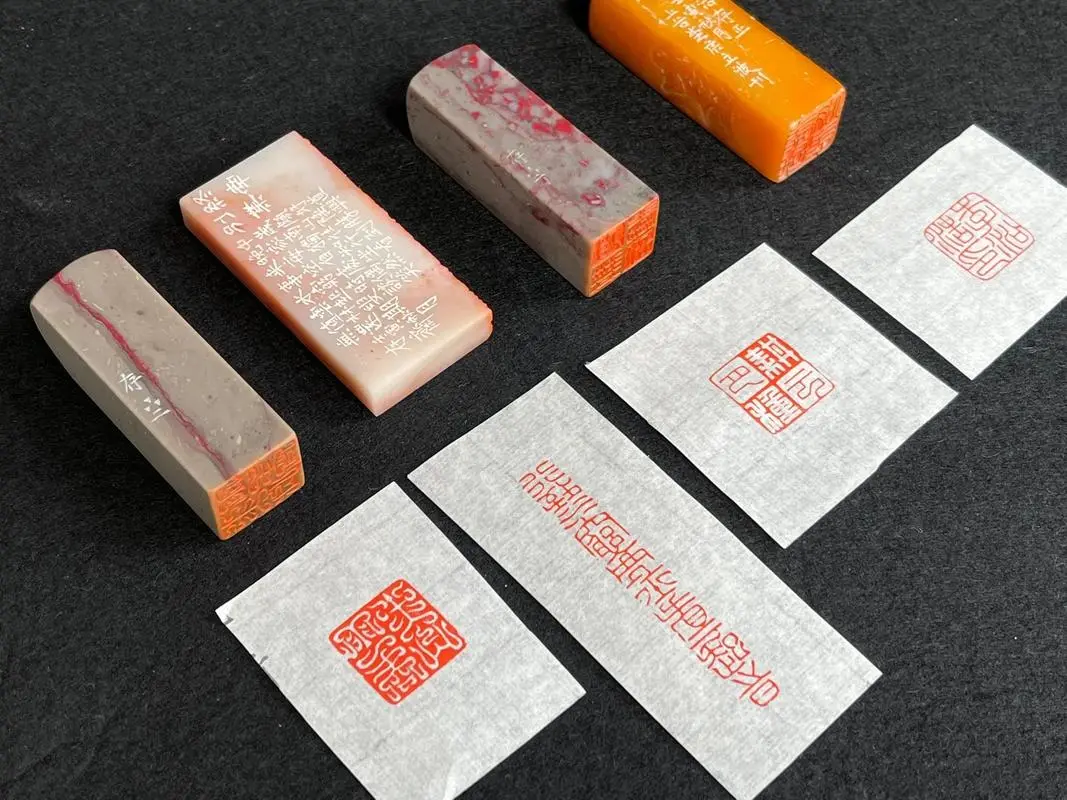Address
大阪市住之江区粉浜西3-7-18
Advanced Guide-Various Stamping Methods in Practice

–How to Properly Press a Hanko?
- Positioning: When signing and pressing a Hanko, it should be placed immediately after the name to show confirmation of the document’s content. Avoid placing it too far from the name to prevent doubts about its authenticity.
- Avoid Overlapping: The Hanko should not overlap with text or other seals to ensure clear verification of the impression. However, it’s acceptable to overlap when it does not require verification, such as on company names.
- Correcting Mistakes: If a mistake is made, mark it with a pen (such as a cross) and re-press the Hanko next to it. Avoid pressing over the same spot again.
- Use of Ink: Do not overapply ink, as it can cause smudging and enable misuse. Use an appropriate amount for a clear impression.
– Difference Between Signature(署名捺印) and Name Stamp(記名押印)
While both terms refer to pressing a Hanko, “signature” is a handwritten sign, and “name stamp” can include printed or rubber-stamped names, or names written by others. By law, a name stamp followed by a Hanko holds the same value as a signature, especially if the Hanko is registered。

–Various Hanko Usage and Pressing Methods
Depending on the use of the hanko, there are various ways to stamp it. In the following uses, unless otherwise specified, the hanko is used for signature and sealing (kimeioin).
In principle, if there are two or more parties involved in a document such as a contract, all parties must stamp it. However, if there are many people, one representative from each party will stamp it.
- Kusabi-in (楔印)
This stamp is applied across two sheets of a multi-page bound contract. It indicates that multiple pages are part of the same contract and that the documents are bound in a certain order. This helps prevent parts of the document from being removed or replaced.
(Left) “When there are few pages in the document”, (Middle) “When the document is in a sealed envelope”, (Right) “When the document is thick”

- Wari-in (割印)
Similar in purpose to the Kusabi-in, this stamp is applied across two copies of the same contract, such as the original and duplicate. It demonstrates that the documents, while existing independently, were created simultaneously and each party keeps one copy. This stamp is often used interchangeably with the Kusabi-in.

- Teisei-in (訂正印)
This stamp is placed in the margin of a page where corrections have been made, with the hanko of all parties involved in the document. It indicates that corrections have been made by the document’s author. First, two lines are drawn through the characters to be corrected, and in the case of vertical writing, the correct characters are written to the right of the corrected line, or above in the case of horizontal writing. The Teisei-in is then placed at the correction or in the margin, with the notation “○ characters erased, ○ characters added” or “○ characters deleted, ○ characters inserted” next to it.

- Sute-in (捨印)
The Sute-in is a pre-stamped correction seal that permits changes to be made to the document. It is placed in the margin of a specific page of the contract or on all pages. Since it allows the document’s content to be altered, it is ideally used as little as possible.

- Tome-in (止印)
This stamp is placed at the end of a document where there is empty space, to prevent unauthorized additions to the text. Writing “blank below” or drawing a diagonal line through the empty space is also effective.

- Keshi-in (消印)
When there is a revenue stamp affixed to a document, this stamp is applied across the stamp and the paper to prevent the stamp’s reuse. Therefore, it does not need to be the same hanko used for signing and sealing. If a hanko is not available, drawing a double line across the stamp and document with a ballpoint pen is also acceptable. If a document is found by tax authorities without a Keshi-in, a penalty tax equal to the value of the stamp will be imposed, but the document will not be rendered invalid.
